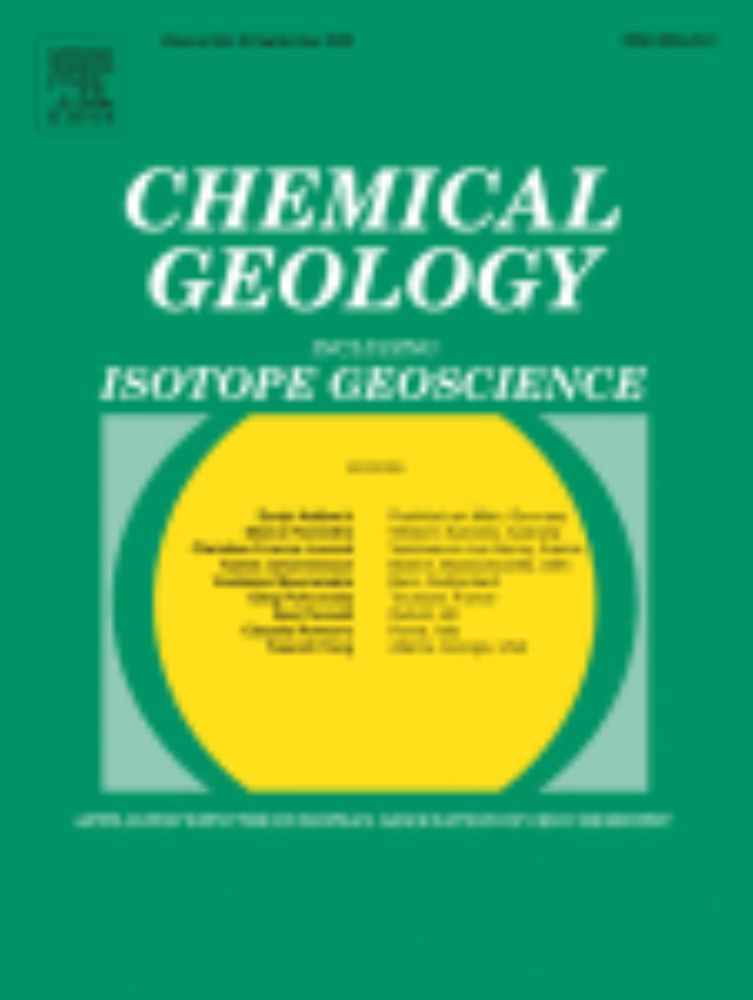#biotite #phyllosilicates #silicates #blinnental #swissminerals #minerals #rocks #crystals #stones
#serpentine #nobleserpentine #phyllosilicates #silicates #mattmark #swissminerals #minerals #rocks #crystals #stones


#muscovite #silicates #phyllosilicates #mineralsnorway #norwegianminerals #minerals #rocks #crystals #stones

A soft, fibrous silicate mineral in the serpentine subgroup of phyllosilicates.
The material has properties desirable for building materials, but poses serious health risks when inhaled.




A soft, fibrous silicate mineral in the serpentine subgroup of phyllosilicates.
The material has properties desirable for building materials, but poses serious health risks when inhaled.

#LapworthRocks #ThinSectionThursday #minerals #geology #museum

#LapworthRocks #ThinSectionThursday #minerals #geology #museum
clay-clay
{https://libpol.org}
clay-clay
{https://libpol.org}
These minerals primarily form by extensive interactions between basaltic rocks and liquid water. They are excellent at preserving organic materials, if present, by adsorbing them or encapsulating them within their mineral structure.
#Mars 🧪🔭

These minerals primarily form by extensive interactions between basaltic rocks and liquid water. They are excellent at preserving organic materials, if present, by adsorbing them or encapsulating them within their mineral structure.
#Mars 🧪🔭

silt vs sand is mostly a particle size classification, while clay has a chemical requirement (hydrous aluminum phyllosilicates). so I'm still confused on how something can be 95% silt and 65% sand
silt vs sand is mostly a particle size classification, while clay has a chemical requirement (hydrous aluminum phyllosilicates). so I'm still confused on how something can be 95% silt and 65% sand
A 3ad with only photos to celebrate #LiberationDay in Italy from a place known for its #Resistance
Massa, near S. Anna di Stazzema, Italy
#geology #outcrops #metamorphicrocks #marble #boudinage #tectonics
⚒️
1/x

A 3ad with only photos to celebrate #LiberationDay in Italy from a place known for its #Resistance
Massa, near S. Anna di Stazzema, Italy
#geology #outcrops #metamorphicrocks #marble #boudinage #tectonics
⚒️
1/x





















